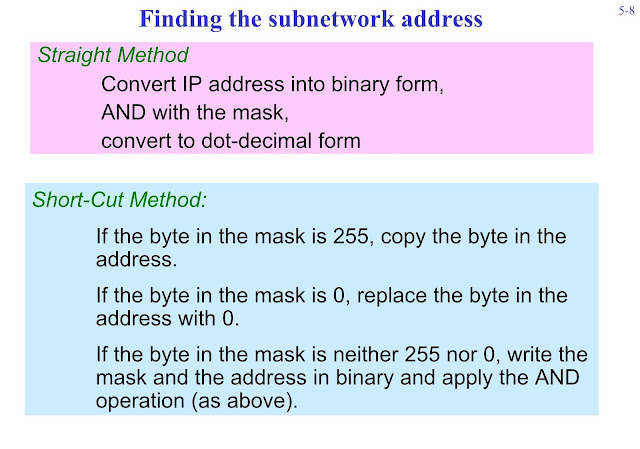Q1. Summarize the network given below:
172.16.0.0/24
172.16.1.0/24
172.16.2.0/24
172.16.3.0/24
172.16.2.0/24
172.16.3.0/24
Q2. Summarize the network given below:
172.16.4.0/24
172.16.5.0/24
172.16.6.0/24
172.16.128.0/24
172.16.5.0/24
172.16.6.0/24
172.16.128.0/24
Q3. Summarize the network given below:
172.1.4.0/25
172.1.4.128/25
172.1.5.0/24
172.1.6.0/24
172.1.7.0/24
172.1.4.128/25
172.1.5.0/24
172.1.6.0/24
172.1.7.0/24
Q4. Summarize the network given below:
192.168.1.0/24
192.168.2.0/24
192.168.3.0/24
192.168.4.0/24
Q5. Summarize the network given below:
192.168.0.0/24
192.168.1.0/24
192.168.2.0/24
192.168.3.0/24
192.168.4.0/24
192.168.5.0/24
192.168.6.0/24
192.168.7.0/24
192.168.1.0/24
192.168.2.0/24
192.168.3.0/24
192.168.4.0/24
192.168.5.0/24
192.168.6.0/24
192.168.7.0/24
Q6. Summarize the network given below:
192.168.112.0/24
192.168.113.0/24
192.168.114.0/24
192.168.115.0/24
192.168.116.0/24
192.168.117.0/24
192.168.118.0/24
192.168.119.0/24
192.168.113.0/24
192.168.114.0/24
192.168.115.0/24
192.168.116.0/24
192.168.117.0/24
192.168.118.0/24
192.168.119.0/24
Q7. Summarize the network given below:
10.1.1.0/24
10.1.2.0/24
10.1.3.0/24
10.1.4.0/24
10.1.2.0/24
10.1.3.0/24
10.1.4.0/24
Q8. Summarize the network given below:
10.10.1.0/27
10.10.1.32/28
10.10.1.48/26
10.10.1.64/25
10.10.1.128/25
10.10.1.32/28
10.10.1.48/26
10.10.1.64/25
10.10.1.128/25
Q9. Summarize the network given below:
10.10.1.0/27
10.10.1.32/28
10.10.1.48/28
10.10.1.64/26
10.10.1.128/29
10.10.1.136/29
10.10.1.144/28
10.10.1.32/28
10.10.1.48/28
10.10.1.64/26
10.10.1.128/29
10.10.1.136/29
10.10.1.144/28
Best of Luck !
Answers
Ans.1 172.16.0.0/22
Ans.2 172.16.0.0/16
Ans.3 172.1.4.0/22
Ans.4 192.168.0.0/21
Ans.5 192.168.0.0/21
Ans.6 192.168.112.0/21
Ans.7 10.1.0.0/21
Ans.8 10.10.1.0/24
Ans.9 10.10.1.0/24


/ch05_Subnetting.page01.jpg)









































